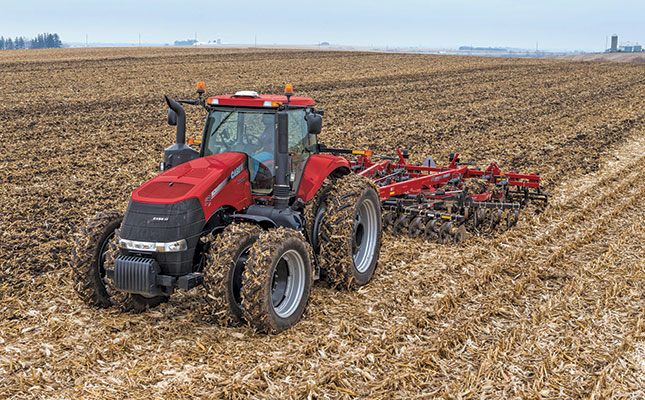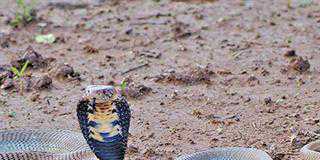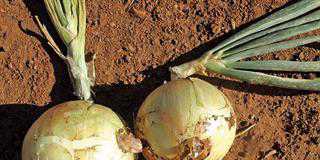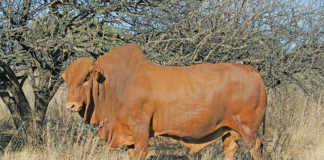
Photo: FW Archive
The principal aim of soil tillage is to maintain or improve soil structure. Because water availability during the growing season is the single most important factor in crop production in South Africa, tillage must optimise infiltration and minimise evaporation.
READ Compiling a fertilisation programme for a barley crop
Secondary tillage is carried out to control weeds and prepare a seedbed.
Primary implements are those used to loosen the soil, improving its structure and countering compaction:
Mouldboard plough
This implement turns the soil to a depth of up to 300mm and is particularly useful in heavier, well-structured soil. Turning the soil also ensures that weed seeds and unwanted crop residue are buried deeply.
A mouldboard plough is unsuitable for sandy soil, as it can destroy a poorly structured soil and promote wind erosion.
READ A practical use for no-till farming
Disc plough
The disc plough’s slicing action improves penetration of hard, dry soil, resulting in less implement wear than in the case of a mouldboard plough. It should be used where soil structure loss is not too critical, and it is unsuitable for sandy soil.
Chisel plough
The chisel plough loosens the soil to a depth of only 250mm. It works best when the soil is relatively dry, as the chisels can then break it up, creating structural units. Soil that is too dry, however, forms large clods, restricting plant development.
Ripper
This is used to cultivate the soil deeply without turning it. When soil is tilled to the same depth year after year, a ‘plough-sole’ develops. This compacted layer retards water infiltration and root development. To improve water drainage, conservation and utilisation, it is essential to break this layer regularly.
Under wet clay conditions, the ripper compacts the soil laterally and inwards. This can limit lateral root development.
Secondary tillage implements
Rotary tiller
This is ideal for moist clay soil, where it can prepare the seedbed in a single operation. It is unsuitable for dry, sandy soil, as it can destroy the structure within a very short period.
Tined cultivators
These are often used for seedbed preparation. They include various hoeing implements used mainly for controlling young weeds and breaking surface crusts. They are only effective on moist soil.
Harrow
Whereas the tined harrow is used to level the seedbed once it has a fine surface, the disc harrow breaks surface crusts and sods to produce a fine seedbed.
With any tillage system, it is important to ensure that a compacted layer does not form in the root zone; this could impair plant growth.
READ Biological farming: a great idea, but can you afford it?
As any soil has the potential to become compacted, all cultivated soil should be inspected regularly for such a restriction.
If you detect a confined layer, use a ripper implement to break it up; this will ensure better drainage, conservation and utilisation of water.
Tillage systems
No-till
In a no-till system, the soil is left undisturbed from planting to harvesting. Approximately 30% of the soil surface must be covered with plant residue after planting to reduce water erosion effectively.
Stubble-mulch tillage
Here, soil is disturbed before planting without burying or destroying. It requires a chisel plough, or a disc, spring-tooth or V-type blade implement. Weeds are controlled chemically or mechanically.
| Major advantages and disadvantages of the various tillage systems | ||
| Tillage system | Advantages | Disadvantages |
| No-till |
|
|
| Stubble mulching |
|
|
| Reduced tillage |
|
|
| Conventional tillage |
|
|
Reduced tillage
This includes any type of tillage practice that leaves 15% to 30% of the soil surface covered with stubble. Weed control is chemical or mechanical.
Conventional tillage
This leaves less than 15% of the soil surface covered with stubble. It usually involves ploughing or a range of intensive cultivations.
Bear in mind that 1t grain/ ha delivers 1t of plant residue, which is enough to cover 10% of the soil. If you are considering conservation tillage, remember that a minimum yield of 3t/ ha must be obtained to provide a surface cover of 30%.
When conservation tillage is practised with the aim of conserving moisture, at least 50% of the soil surface should be covered.
Sources: Du Plessis, J. ‘Maize Production’. Directorate Agricultural Information Services: Department of Agriculture, Forestry and Fisheries, in cooperation with ARC-Grain Crops Institute; Gibson, L and Benson, G. 2002. ‘Origin, history, and uses of corn (Zea mays)’. Iowa State University, Department of Agronomy.











